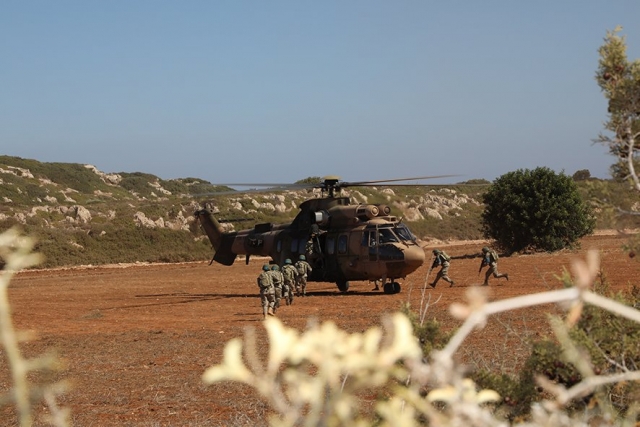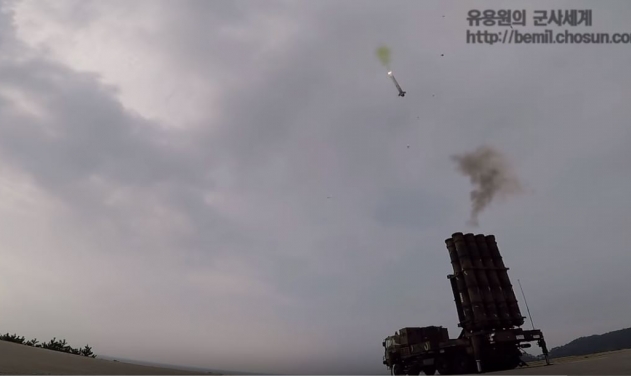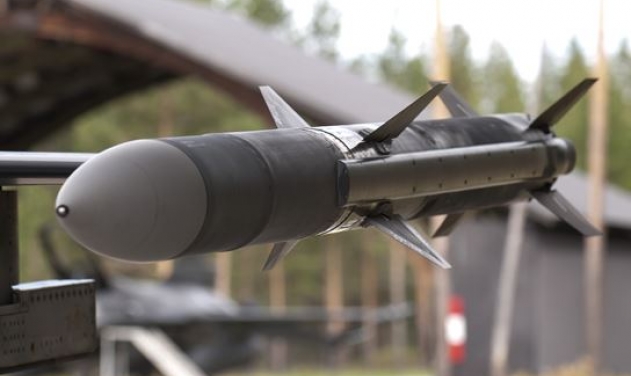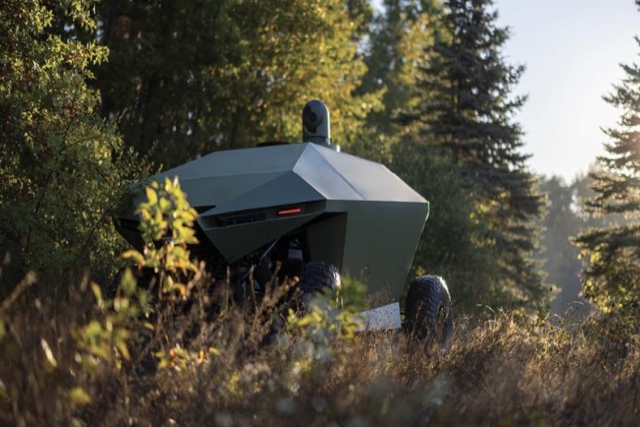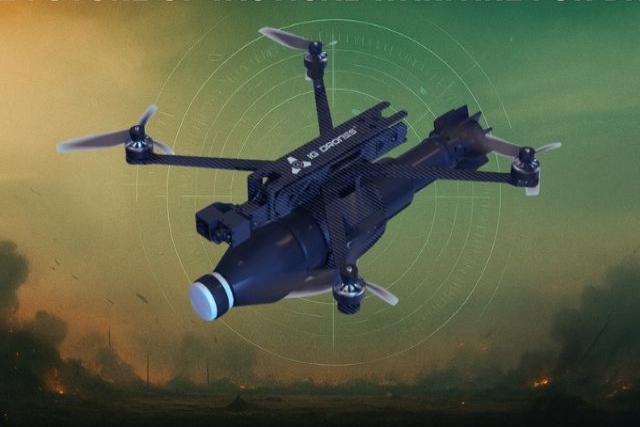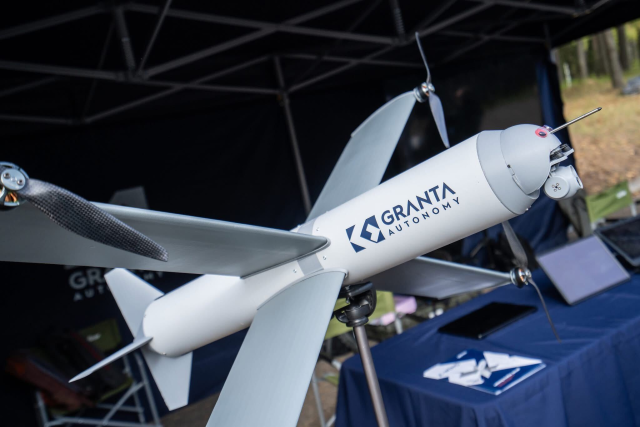Rafale Jet Flaw Prevented Unintended Pilot Ejection, Accident

An ejection seat flaw in the French Air Force (FAF) Rafale B jet prevented a certain accident when an improperly secured passenger inadvertently released the ejection lever.
While the rear-seat passenger, a 64-year old contractor ejected and landed safely, the pilot brought the plane down with the canopy and rear-seat missing to the wind. The incident which happened in March 2019 near Saint Dizier, France had led to a part of the FAF Rafale fleet being grounded.
Now a FAF air accident investigation office has documented a series of human and technical errors that led to the major safety compromise.
The report released on April 6 said that while the rear-seat ejected after the joy-riding passenger inadvertently released the ejection lever, the pilot remained in his seat as a system flaw prevented both the pilot and rear seats from ejecting.
While the aircraft seats have individual levers to initiate ejection, the pilot has a switch to select either single or dual ejection. On the day of the flight the switch had been set to dual ejection. Yet only the rear seat ejected, preventing what would have been a major accident.
The joy-riding rear-seat passenger has been identified as a 64-year-old contractor responsible for the test activity of a French armaments company who "reluctantly" got into the back-seat and was ill-prepared for the supersonic fighter capable of high G-forces.
When the passenger arrived in Saint Dizier the evening before the flight, he was unaware that his colleagues had arranged a "surprise" rear-seat ride in the FAF’s most advanced fighter, the report said.
His colleagues, who included a former French Air Force pilot, wanted to make the flight a surprise, the passenger “never expressed a desire to carry out this type of flight and, in particular, on Rafale,” the report summarized.
The passenger was informed only hours before the flight and not given any detailed briefing for him to prepare. “The passenger did not feel he could decline the gesture, bowing to the social pressure imposed by his colleagues,” the report said.
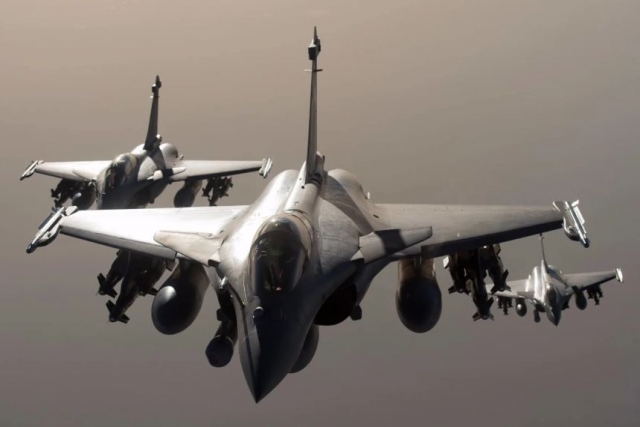
A mandatory pre-flight medical examination resulted in a recommendation by the doctor to limit any maneuver to less than 3gs. However, the doctor’s report could not be relayed to the passenger or the pilot of the Rafale owing to an ‘office electronics system failure, the report said.
The flight that took the passenger was not a special flight arranged only for joy-riding purpose but a routine patrol mission by three aircraft. Such missions include a standard climb immediately after take-off with loads greater than 4.5gs, the report says.
The passenger appeared enthusiastic to the pilot as he climbed into his cockpit, but there were signs that he was over-stressed. The passenger’s wristwatch recorded his heart beats per minute. The maximum heart rate for a man of his age is 156 beats per minute, according to the report. His was racing from 136 to 142 as he seated himself indicating stress and anxiety.
In addition, the passenger failed to properly buckle in. The back side of his shoulder strap allowed more motion than necessary. Besides, he didn’t fasten the right leg of his pressure suit, lower the helmet visor or snap the chin strap of his helmet. Neither the ground crew who assisted the passenger nor the pilot failed to notice these anomalies.
The aircraft rotated on takeoff rapidly developed aerodynamic loads over 4.5gs. Within about 10 seconds of rotation, the pilot leveled off, causing the loads of negative 0.63gs. The shocked passenger, whose loose shoulder straps may have allowed him to start floating upwards, reached for a handle, which happened to be the trigger mechanism for ejection.
Because the passenger had failed to lower his visor and fasten his chin strap, the exposure to the 200kt air flow outside the aircraft caused his helmet to fly off, the report says. Besides minor injuries to his face, the passenger landed safely by the runway after his parachute opened at around 2,000ft.
The passenger’s inadvertent ejection command could have been disastrous for the aircraft had the ejection system worked as planned. The two-seat version of the Rafale allows the pilot to select between two options: “1” allows only a single seat to eject when one handle is pulled, and “2” commands both seats to eject when only one is pulled. The pilot had selected the “2” option for this flight, the report said, meaning the pilot’s seat was also supposed to eject.
The ejection sequence proceeded normally, with the canopy of both seats shattering and the back-seat firing. However, the explosive charge connected to the front seat never received a command to fire, the report said. As a result, the pilot remained on board the aircraft with a missing canopy and back seat.
The pilot then dumped fuel and returned to Saint Dizier to land, the report said. The aircraft was secured for 24 hours. until the front seat’s explosive charge could be disarmed.
It is not known if any action had been taken against the FAF officials who cleared the unprepared passenger to fly and against the pilot and ground crew for failing to ensure that he was fully briefed and secured to his seat.
